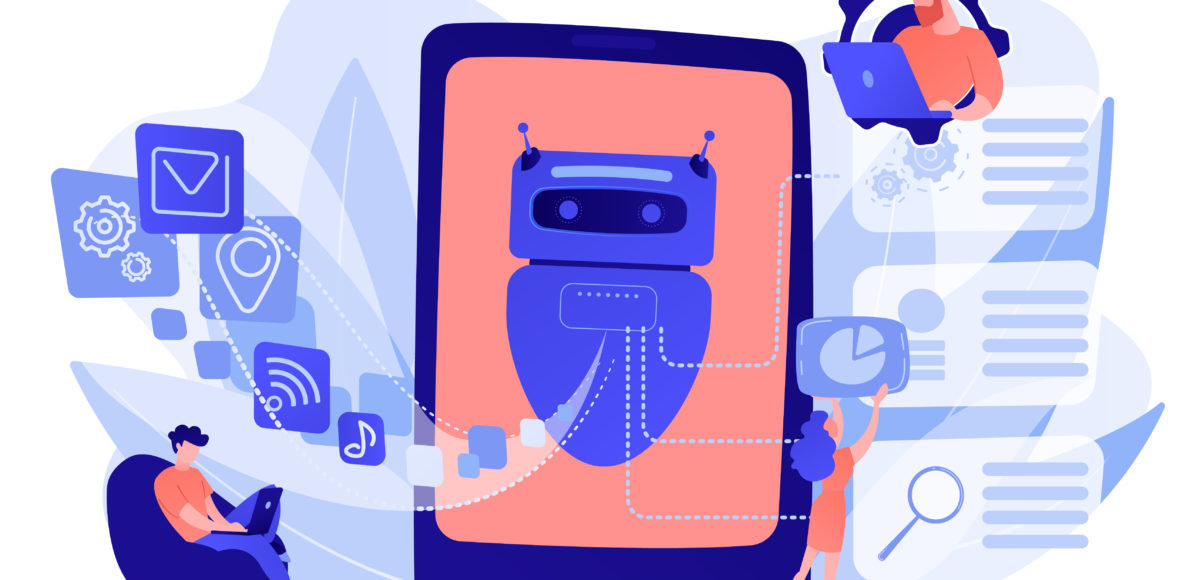
Humanising your Chatbots: 4 ways to make them more personal and interesting
As the world rapidly advances towards automation and Artificial Intelligence, business are becoming increasingly inclined to invest in personalised and conversational chatbots. From booking your vacations to buying your groceries, chatbots are everywhere.
What exactly are Chatbots?
Chatbots are artificial assistants that use AI to automate conversations between two parties. These programmed assistants are proven to improve business experience by simulating real time conversations with humans, thus reducing human assistance and efforts.
These tiny bots can also perform tasks such as product recommendations according to customer behaviour, perform customer service solutions, purchase products, act as shopping assistants and much more.
Why should Chatbots be humanised?
To ensure an exceptional customer service experience, it is essential to make users feel less intimidated and more natural while conversing with a machine. When a chatbot is human like, the experience is more personal and congenial.
According to several studies, chatbots with greater human personalities positively affect the user’s perceptions and keep them coming back, helping the business grow effectively. In this blog, take a look at the several ways that can be used to make your chatbot more personalised and humanised.
– Create an Interesting Personality
Chatbots are a representation of their brand. Users will directly relate their experiences with the chatbots to the efficiency of the brand and hence it is important to create an engaging chatbot personality that aligns with the brand values.
Give your chatbot a quirky name and engineer it to give engaging, relevant and lifelike responses to your users instead of static pre-programmed replies. Remember a great chatbot creates strong connections with your customers. You can use the Myers-Briggs personality types (MBTI) as a reference while choosing your bot personality.
– Creating Conversational flows and patterns
To avoid the conversations to be mere Q and A sessions, it is important to design a conversational pattern for the chatbot. Invest in a UX professional who can research and map out actual conversations and dialogue. Testing these diagrams on real-time users should be a part of the design process to
Your chatbot should be a personal assistant that is constantly keeping tabs on the customer’s behaviour patterns and eager to service their needs without limiting them to mechanical conversations.
– Learning to stick to the Context
While it might seem quite normal for humans to interlink conversations, it is a daunting task to program chatbots similarly. Your chatbot should be able to glean as much context as possible from its conversations and phrase personalised responses accordingly.
Remembering personal information of users and leveraging the dynamic context increases the intimacy between the chatbot and the user, thereby enhancing the chatbot’s performance.
– Focussing on dynamic language
As chatbots are required to have long and personal conversations with their users, it is essential that they keep in mind the many nuances of human language and mimc them according to the relevance.
To make conversations more human, chatbots should be programmed to use visual expressions as such as emojis, images, videos and different media in their responses. The responses should also be humorous and witty, apart from having an emotional and natural tone to them.
Filling the silence is also a major challenge for chatbots. They should be programmed to use real time and interesting filler words to avoid the conversation from being a bore. It is also important that there is a certain lag before a chatbot’s responses to make it sound and feel more like a human.

Leave a Comment